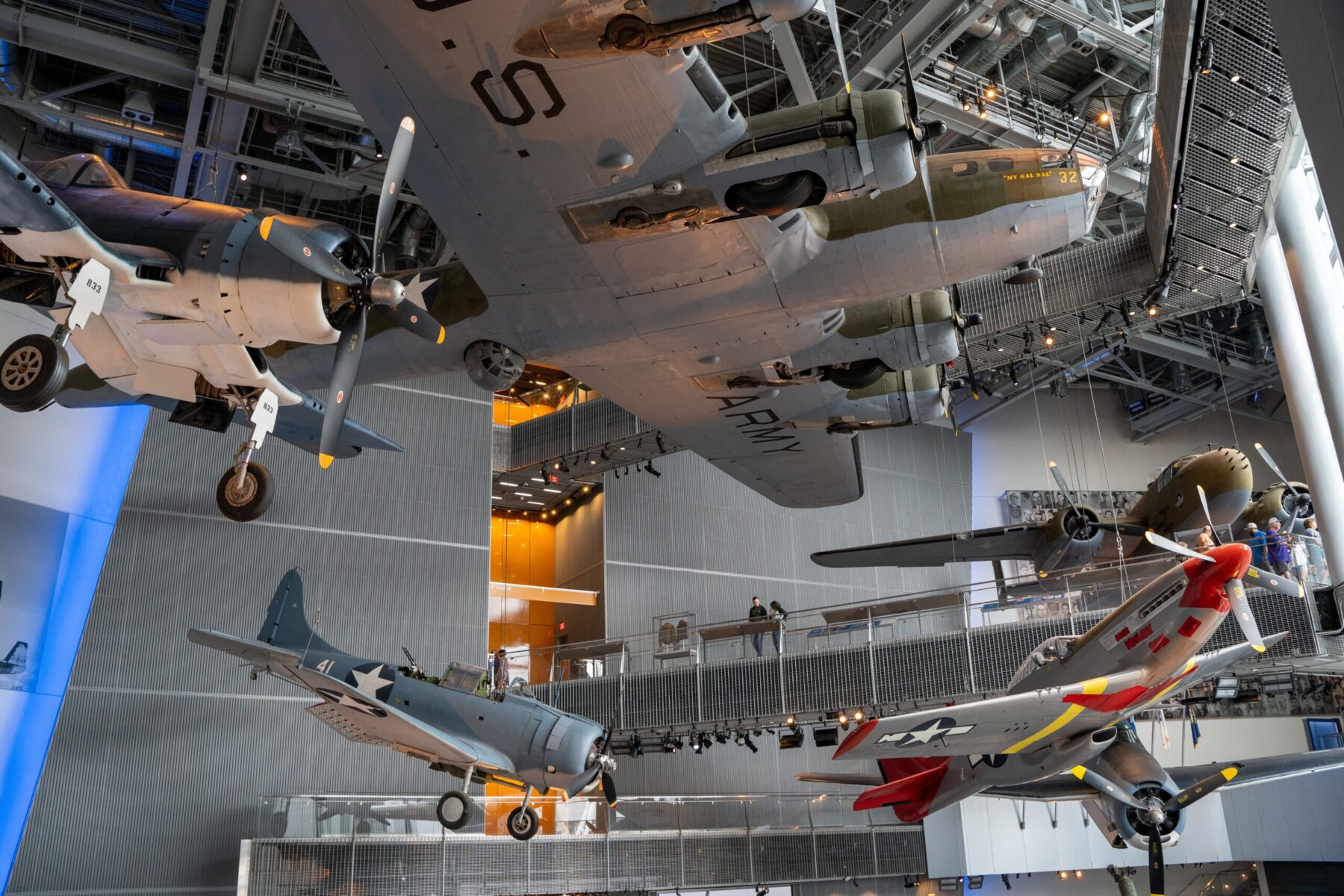The National World War II Museum in New Orleans stands as a poignant and immersive tribute to the pivotal events and individuals that shaped the course of global history during World War II. Nestled in the heart of the Warehouse District, the museum provides visitors with a comprehensive and compelling journey through the war years, offering a profound educational experience.
Opened in 2000 as the National D-Day Museum, the institution has expanded its scope to encompass all facets of the Second World War. Its impressive campus now includes the Louisiana Memorial Pavilion, the Solomon Victory Theater, the Campaigns of Courage Pavilion, and the soaring Bollinger Canopy of Peace. Each section is meticulously curated to provide a detailed and emotional exploration of the war’s impact on soldiers and civilians alike.
The museum’s exhibits are a testament to the sacrifices made during World War II, featuring authentic artifacts, multimedia displays, and interactive installations. Visitors can walk through a reproduction of a Normandy beach landing or experience the harrowing conditions faced by soldiers in the Pacific theater. Personal stories come to life through oral histories, letters, and firsthand accounts, fostering a deep connection between the audience and the individuals who lived through those tumultuous times.
One of the highlights of the museum is the Boeing Freedom Pavilion, where iconic aircraft from the era are displayed, including a suspended Boeing B-17E Flying Fortress and a restored Boeing B-29 Superfortress. These artifacts not only showcase technological advancements but also serve as powerful symbols of the courage and innovation that defined the war effort.
As a living memorial, the National World War II Museum in New Orleans continues to expand its exhibits and educational programs, ensuring that the legacy of those who served and the lessons learned from the war remain vivid and relevant for future generations. It stands not only as a tribute to the past but as a reminder of the enduring importance of preserving the stories and lessons of World War II for the sake of a more informed and connected world.
